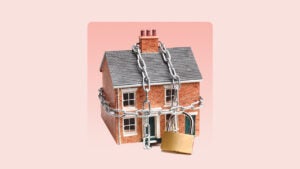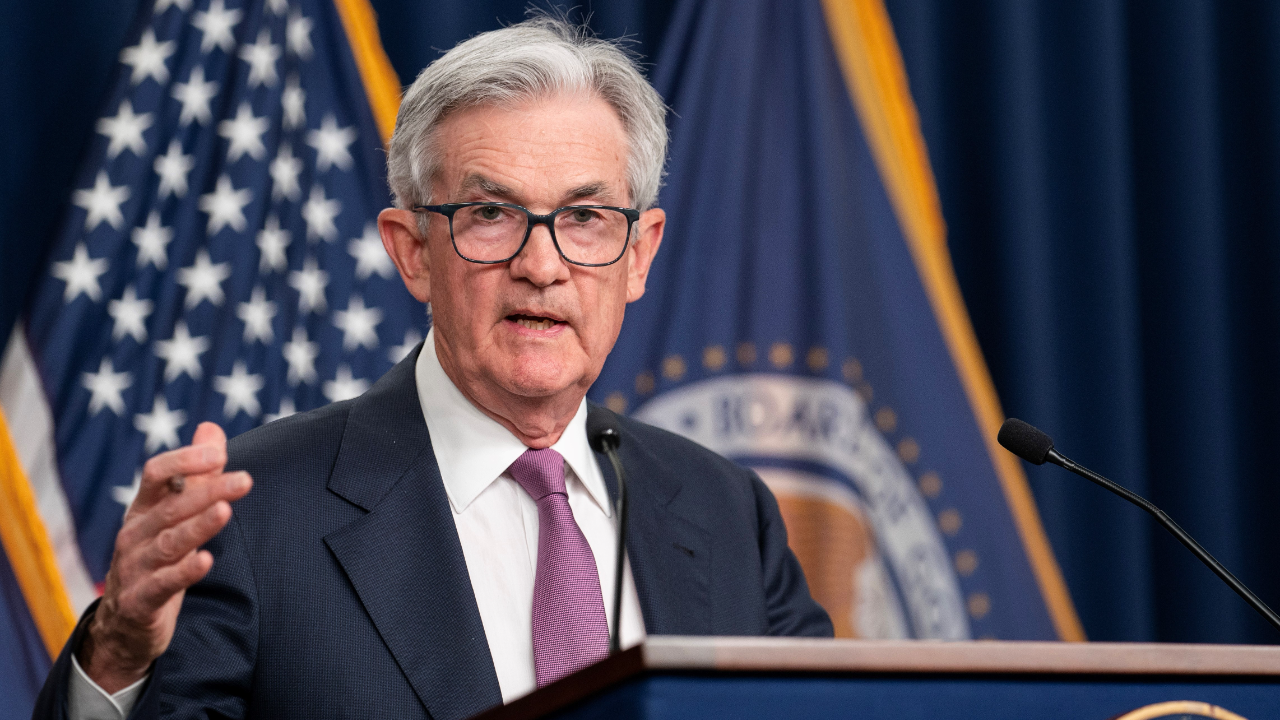What the March Fed hike means for mortgage rates

The news is out: In its March meeting, the Federal Reserve stayed the course, upping interest rates to drive inflation down. So what does that mean for mortgage rates now?
It had been rumored that the recent havoc on the banking front — with two banks failing and several more under siege — might cause The Fed to alter its year-long series of rate hikes. Instead, it stayed true to form (and pre-bank-crisis predictions), raising its key rate, the federal funds rate, up by a quarter of a percentage point.
A higher federal funds rate doesn’t directly correlate to the fixed mortgage market, and mortgage rates kept relatively quiet on Wednesday, the day of The Fed’s announcement. Still, if you’re a prospective homebuyer, the March Fed hike could factor into your financing plans.
How the Fed affects mortgage rates
That’s for a few reasons.
For one, the Fed is still contending with inflation, and now financial institution turmoil. Though the central bank doesn’t establish fixed mortgage rates outright, it responds to broader economic developments that play a role in how those rates move. Generally speaking, if investors aren’t feeling good about the economy, they seek out safer products, such as Treasury bonds and notes — 10-Year Treasurys in particular. As their prices rise, the yields on Treasurys fall, and mortgage rates fall alongside them. The 30-year fixed mortgage rate averaged 6.66 percent Wednesday, according to Bankrate’s lender survey — essentially unchanged since the previous week.
In that sense, the Fed’s decision might translate to a win for buyers in the form of lower fixed rates. The drop would be welcome in light of the way the benchmark 30-year mortgage rates virtually doubled in 2022.
If fixed mortgage rates don’t retreat in the short term, you might find yourself out of the game a little longer. That’s not just because you’ll need to pay more for the same house. Higher rates tend to spook homesellers, who’d rather hang onto a lower rate of their old mortgage than move and have to take on a new, potentially less affordable loan. That manifests in fewer listings and more competition.
“When mortgage rates spike, as they have done over the last year, homeowners can choose to stay put for a while, especially when they are sitting on a cheap mortgage and are reluctant to drop the sale price of their existing home to attract potential buyers in a higher rate environment,” says Mark Fleming, chief economist for title insurer First American.
Indeed, although existing-home sales picked up in February — and home prices finally came down — inventory didn’t budge from the month prior, according to the National Association of Realtors.
“Inventory levels are still at historic lows,” says Lawrence Yun, chief economist of the Realtors group. “Consequently, multiple offers are returning on a good number of properties.”
Forecast for the rest of 2023
If you’re looking into an adjustable-rate mortgage (ARM), know that the Fed’s actions have a deeper, more direct influence on ARM rates, as well as home equity line of credit (HELOC) rates. You’ll pay more for these variable-rate products now that the Fed raised rates. As of Wednesday, the 5/6 ARM averaged 6.57 percent, while 30-year HELOCs benchmarked at 7.78 percent.
And keep an eye on developments in the banking industry. The collapse of Silicon Valley Bank and Signature Bank sent mortgage rates down last week. So far, failures have been limited to those two. But if more banks fail, that could set a trend for rates, and Fed policy, for the foreseeable future.
That said, mortgage rates are frustratingly tough to predict. Back at the beginning of March, the analysts we talked to foresaw rates remaining in the 6-percent range, drifting down into the 5s by year-end. Given the Fed’s March hike, ongoing inventory pressures, bank failures and more, those expectations might be moot now.
“As for where rates go from here, it will depend largely on the stability of the financial system,” says Greg McBride, chief financial analyst for Bankrate. “If things stabilize and we’re back to worrying about inflation and whether the job market is too hot, the pullback will prove short-lived.”
How homebuyers should react
Homebuyers gearing up for the spring, the traditional kickoff of house-hunting season, shouldn’t fret unduly about the Fed’s moves. Instead, the fundamental things apply: Keep your debt load in check, have preapproval letters in hand and lock your mortgage rate once you find an offer with the most affordable payment. As more buyers emerge, avoid falling into the budget-busting trap of a multiple-bid scenario.
For some, it might make sense to hold off homebuying until the economic picture becomes clearer. If that’s the case for you, take this time to shore up your finances even further:






